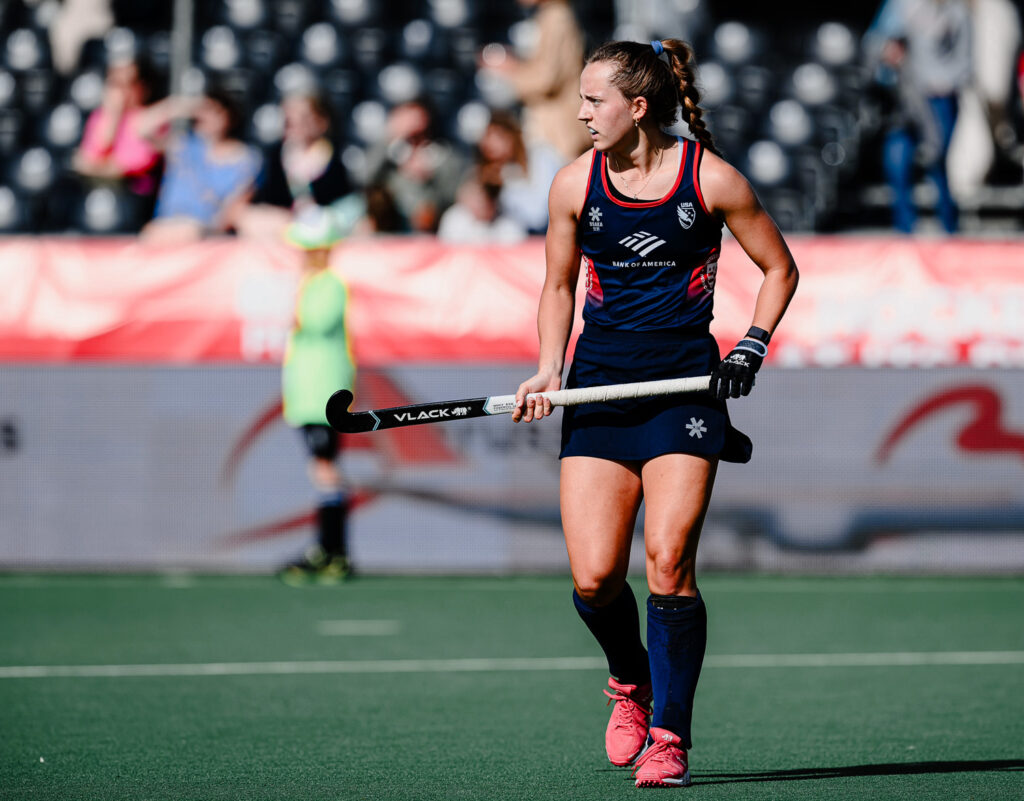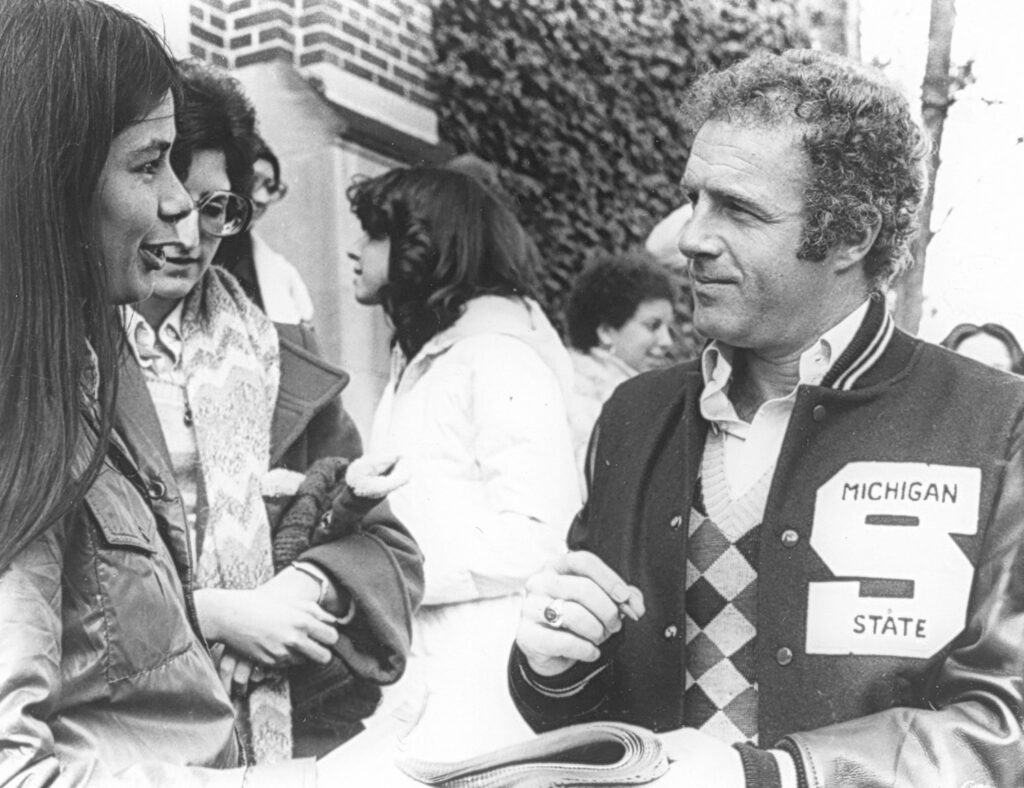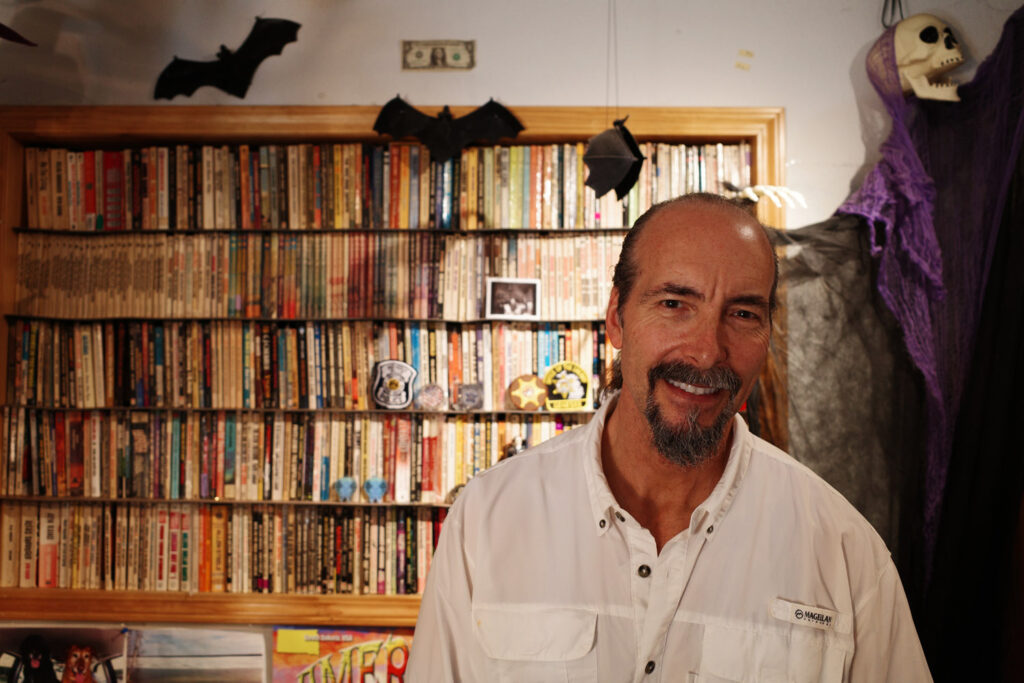Abby Tamer has been an athlete for as long as she can remember. With a dad who played in the NHL and a mom determined to popularize field hockey in Michigan, athleticism comes with the family name.
This month, Tamer, 21, will have the opportunity to compete at a level most athletes only dream of: the Olympics.
Tamer learned in June that she had been selected to compete on the USA women’s field hockey team at the Paris Olympics alongside 15 other field hockey players, confirmation that the hard work Tamer has poured into her sport had paid off.
Last year, for example, she opted to sit out of the University of Michigan’s women’s field hockey team season to train with Team USA instead, only to almost lose with Team USA during the Olympic trials in January. Tamer’s skill is a big part of the reason Team USA’s field hockey team qualified.
The U.S. women’s field hockey team has only medaled once in the sport, winning bronze in 1984. The Netherlands tends to dominate. Now Tamer has her sights set on the very top of that Olympic podium. She wants gold—for her teammates, her family, and for Michigan.
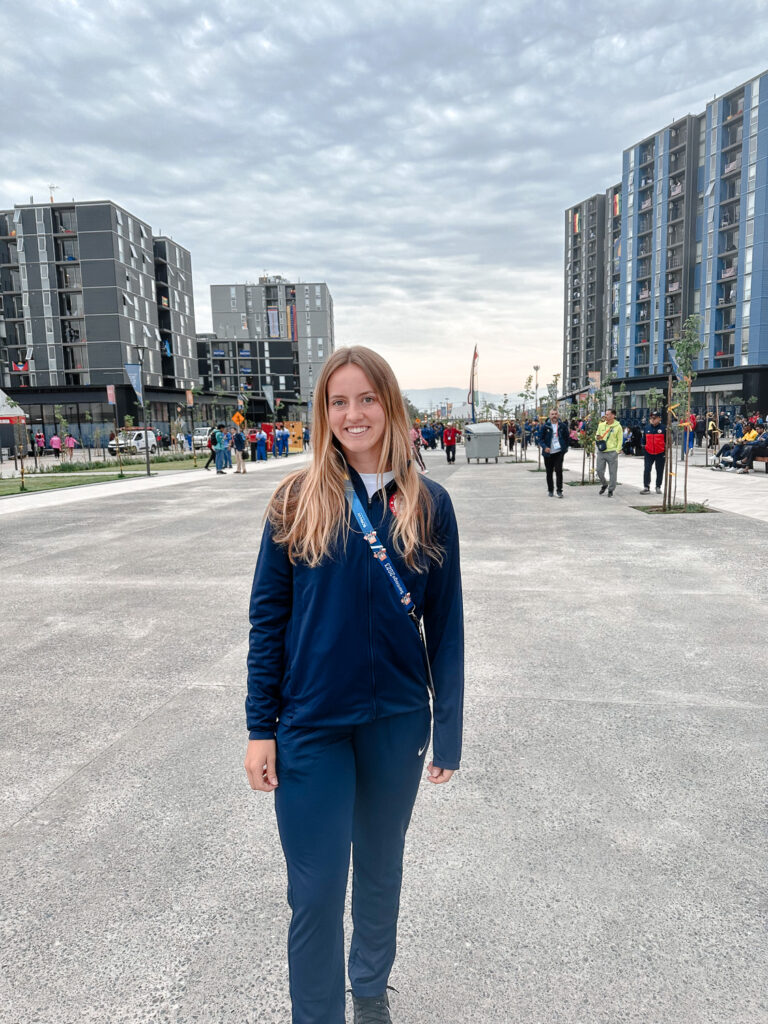
Born and raised in Dexter, Tamer’s friends and neighbors have watched her play one sport or another since she was old enough to dribble a soccer ball. She played soccer and ice hockey through middle school, but dropped ice hockey in seventh grade to learn field hockey.
If it had been up to Tamer, she might have quit as soon as she started.
She joined the community field hockey program that her mom, Keely Tamer, began but only stuck with it because Keely and her husband, like all good parents, urged Abby to follow through on her commitment.
“At that age, you don’t know what you’re going to do,” Keely said. “You don’t know if you’re going to be a soccer player or an artist. For us, it wasn’t so much about sports as it was about getting her to explore things and see what’s out there.”
Within three weeks, Abby had fallen in love with the sport.
You might be wondering what exactly field hockey is. I had some questions, too, when I reached out to Abby to chat. But she’s used to that.
For a sport that most Michiganders haven’t heard much about, field hockey has a rich history dating all the way back to ancient Greece. According to the NCAA, it’s actually one of the world’s oldest team sports, and one of the oldest college sports in America.
Michigan had several of its own collegiate women’s field hockey programs back in the late ’70s and early ’80s. There were at least 14 such programs in the upper Midwest at that time, Keely said. Now there are just three.
A combination of limited options and funding forced many midwestern schools to shutter their field hockey programs. But that’s starting to change, especially at the K-12 level, which has added more than 30 high school field hockey programs in the past couple of decades to the greater Southeast Michigan area.
Abby’s success could be a big part of the reason why.
Both she and Keely believe that the more exposure the sport gets, the more popular it will become.
“The number one question I get is if field hockey is the same as lacrosse,” she said, answering my question before I even had the chance to ask it. “No – it’s completely different. But it just shows how people don’t know anything about the sport.”
Field hockey is pretty straightforward. It’s a lot like soccer. Each team has a net and a goalie and 10 players on the field trying to score. The positions are similar to soccer as well: There are usually three to four defenders, two to three forwards, and midfielders running all over God’s creation to fill in where needed.
There are a few key differences, though. Unlike soccer, there’s no offsides, and in order to score, a player has to shoot the ball from within a narrow circle drawn in front of the goal.
Although they share a name, field hockey also differs from ice hockey in several important ways. As the name might suggest, there is no ice. There are no mid-match brawls. And unfortunately, there is no Zamboni.
Field hockey does use hockey sticks, though they are shaped more like candy canes and have one flat side and one curved side. Players can only touch the ball with the flat side of the stick, which requires a more precise dribbling technique than ice hockey, according to Abby.
Tamer sees the Olympics as a way to “bring more eyes to the sport for others in the state.” After listening to her break down the rules of the game, I hope she succeeds. It sounds way more exciting than lacrosse—no offense.
It’s the technical precision that Abby loves about field hockey. Players have to pick up specific skills that no other sport requires, while still being able to adapt tactically. In other words, there’s no half-assing in the sport.
“Some girls have great foot speed and others have great tackling and defensive footwork and they understand their angles. It takes a variety of athletic talents to make a strong field hockey team,” Keely explained. “For a young girl, that’s a unique perspective. You don’t have to be like the girl right next to you, you don’t have to be as tall, don’t have to hit the ball as hard. They can stand back and know, ‘What I do is unique and special, and my team needs me because of what I can do.’”
Abby has been an integral part of every team she’s played with. Over the course of her two seasons with the University of Michigan, she scored 13 career goals and had nine assists, ranking among the top scorers in the 2022 season. And during the semifinals of the Olympic Qualifier in January, she knocked in the game-winning goal against Japan, guaranteeing that Team USA would go to Paris.
As she prepares to leave in the next couple of weeks, Abby says she’s looking forward to the competition and to the environment itself. She grew up watching the Olympics, both winter and summer. The fact that she’ll soon meet some of the athletes she’s admired for years is mind-boggling, she said, as is the idea that she might soon become one of those renowned athletes whose examples drive young athletes to strive for more.
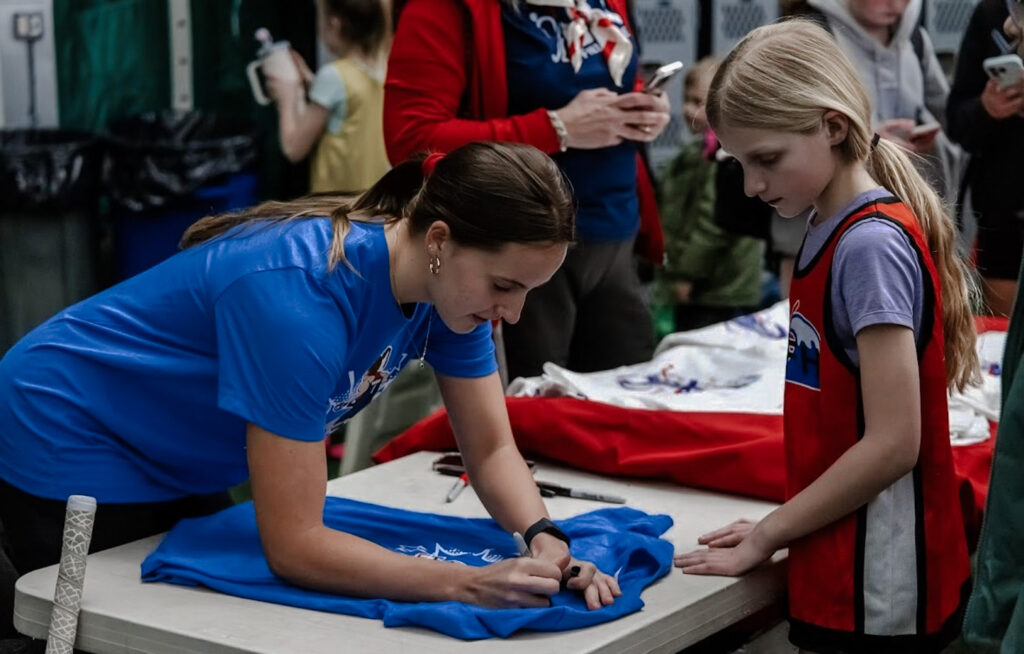
“It’s always been a dream,” she said, “even when I didn’t recognize it as my dream.”
For Keely, the joy of Abby’s Olympic journey has been getting to see her daughter find her passion and then pursue it.
“Honestly, what was more exciting for us was that she was so passionate about this, and we’ve loved watching everything she’s done to be her best at it. It’s nice to see your children take control of their outcomes. That’s what we’re the most proud of—she knew what the path was and took it on herself,” Keely said.
Regardless of what happens on the field in Paris, Abby says she’s excited to represent the people who helped her get there in the first place: her parents, her brother and sister, her friends and neighbors in Dexter who have been cheering her on for years.
“I’ve had so much support,” Tamer said. “When the Olympic roster came out and my name was on it, I had so many people reaching out and saying they were proud of me. It just goes to show how many people are behind a person on this journey. I’ve always said—it’s not just my journey at this point.”
Indeed, Abby carries the weight of an entire fledgling sport as well. And when she gets back, she plans to make sure field hockey takes a dominant role in Michigan athletics—this time for good.
Kaylee McGhee White is the Restoring America editor for the Washington Examiner, a Tony Blankley fellow for the Steamboat Institute, and a senior fellow for the Independent Women’s Forum. She grew up in Detroit and graduated from Hillsdale College. Follow her on X at @KayleeDMcGhee.
